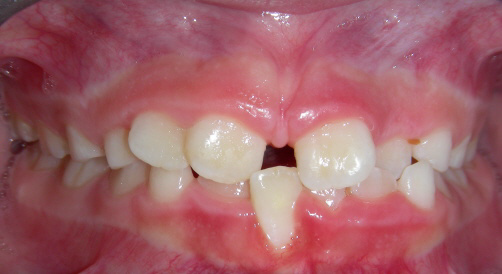26 year old female patient. Four premolars were extracted and braces worn for 22 months.


Patient started treatment at age sixteen and wore braces for twenty-six months. She loves her new smile.


Patient sucked her thumb into early teens. She started treatment at age 17 and wore braces and a special appliance — called a crib — to retrain the tongue, for twenty-four months. Now she can bite the lettuce out of a sandwich.

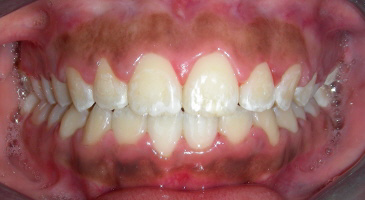
This adult patient (age twenty-five) required braces and jaw surgery to correct her severe openbite, with treatment taking two years.

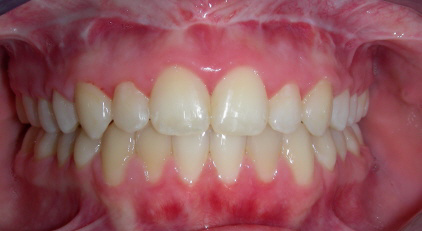
Starting orthodontic treatment at age 12, this young man was in treatment for 20 months, and a wonderful result was achieved.
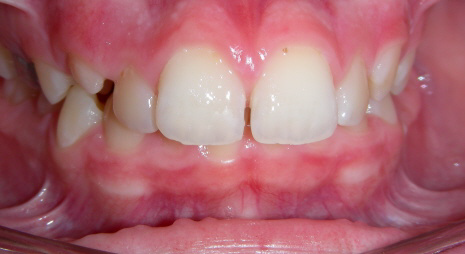

At age ten, this patient had a big overbite with the top teeth protruding beyond the bottom. She had two phases of treatment. The first helped her jaws to grow into a more forward position; the second aligned her teeth and bite. At age thirteen, she was proudly displaying her new smile.


This adult patient (age twenty-five) required braces and jaw surgery to correct her severe overbite, with treatment taking two years. Her problem could have been corrected without surgery if she had been treated before she was a teenager.


Patient's underbite was causing him jaw joint discomfort and excessive wear patterns on his teeth. After twenty six months of treatment starting at age thirty-two, he now finds smiling and chewing much easier.
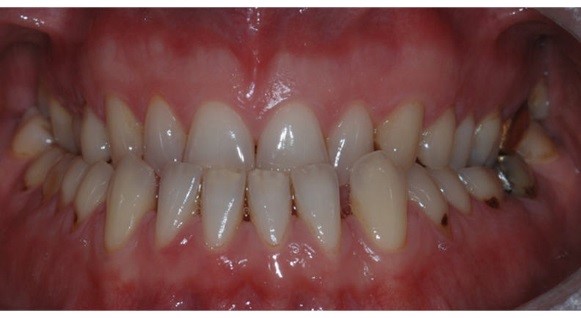
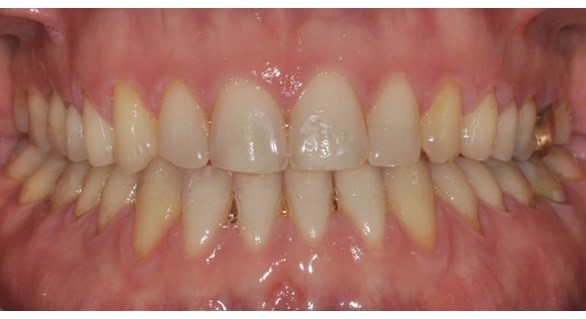
This adult patient was bothered by the spaces between his teeth. Invisalign closed the spaces and gave him an ideal bite in twenty-four months. Special glued-in retainers help keep the spaces closed.
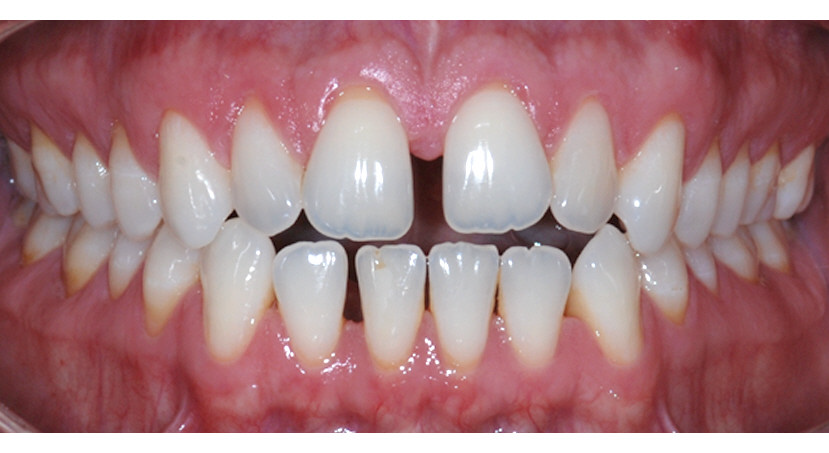
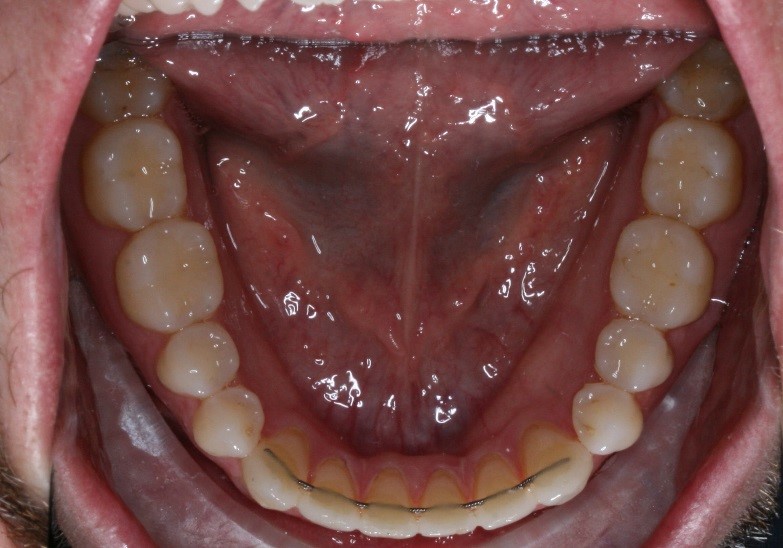
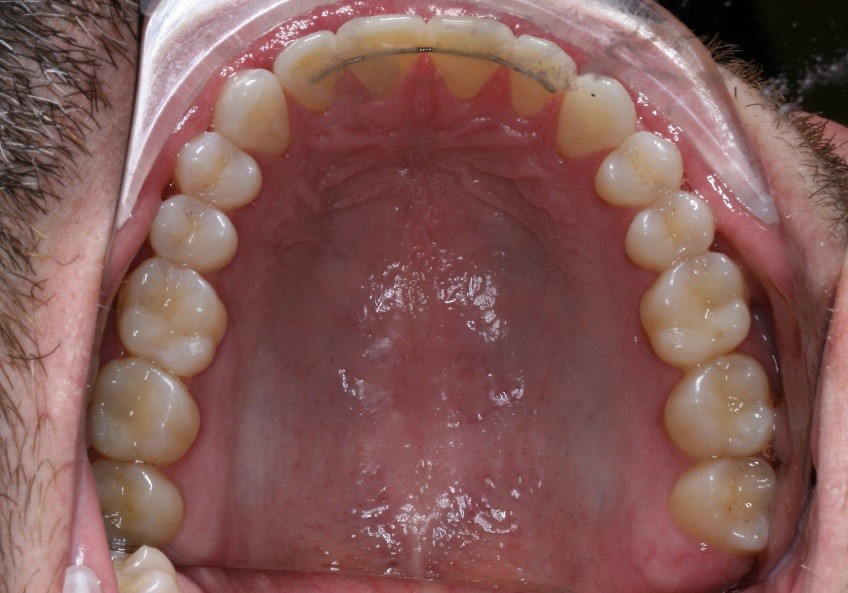
Patient's parents were concerned about both esthetics and the health of the erupting permanent teeth when they brought her to the orthodontist at age eight. The lower front teeth were crowded and there was traumatic occlusion causing recession (loss of gingival attachment),. The upper front teeth were spaced and there were anterior crossbites. After nine months of Phase I treatment with partial braces, the patient's appearance and dental function was vastly improved.
